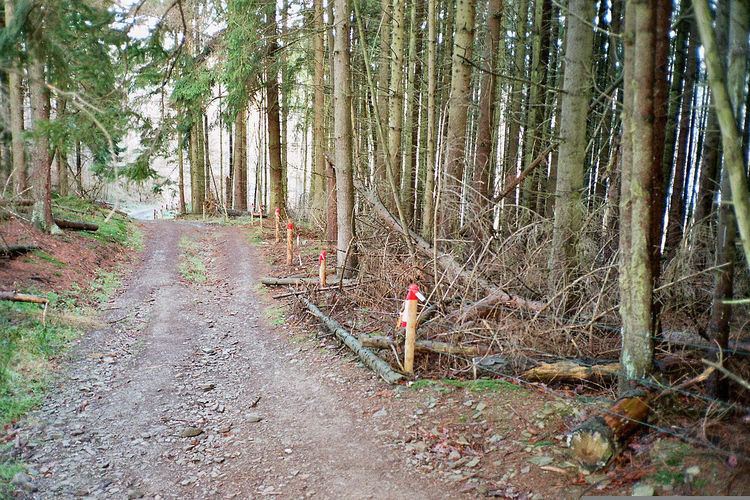 | ||
The Glasmine 43 was an anti-personnel mine with a glass body used by the Germans during World War II.
This mine was developed with a greatly reduced metal footprint in order not to be sensed by the improved metal detectors being deployed. It was a precursor of the minimum metal mine type. The use of less metal was beneficial because it saved this valuable war resource for other uses.
Glass shrapnel was not easily detectable via X-Rays, which rendered medical assistance to victims much harder than conventional mines. Glass also carried an increased infection risk; moreover, life-threatening injuries were more difficult to assess.
During the production of the first batches, mechanical igniters were used (Hebelzünder 44); in later models, chemical igniters were preferred.
The entire body of the mine was made of glass and its size was comparable to a small flower pot measuring about 150 mm in diameter, 105 mm height and 1,2 kg of weight. The glass cover broke when loaded with at least 10 kg of weight and activated the payload.
The "Hebelzünder 44" had a percussion cap which, once activated, lit a booster pre-charge that in turn activated the main charge.
The improved version was fitted with a chemical igniter which consisted of two liquids in two separated containers. When stepped over, these containers would break and the mixing of the two liquids would trigger the main explosive charge (around 200gr of TNT, "type 28"). Another variant consisted of a liquid and a powder preigniter. Due to these arrangements, the mines were dangerous to transport and to lay in the field.
In 1944 and 1945, 11 million mines were produced; at the end of World War II, 9.7 million were still in stock. Along with other companies, the Glashütte Gifhorn participated in the production.
Demining areas with this type of mine is resource intensive, as the fields must be swept either by hand or with mine flails like the Keiler, not forgetting that the latter has a certain margin of error since it was developed with other tactical deployment (creating pathways through minefields).
Mines of this type are still buried in the Eifel National Park on the grounds of the Vogelsang Military Training Area, a former "Nazi leadership" training center.
In 2004, "home-made" mines of this type were employed by guerrillas in Colombia.
